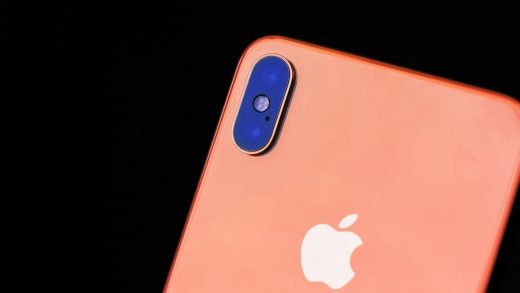Apple’s first 5G iPhone will arrive in 2020
Apple’s 5G iPhone will come to market in 2020, a source with knowledge of Apple’s plans says.
Apple plans to use Intel’s 8161 5G modem chip in its 2020 phones. Intel hopes to fabricate the 8161 using its 10-nanometer process, which increases transistor density for more speed and efficiency. If everything goes as planned, Intel will be the sole provider of iPhone modems.
Intel has been working on a precursor to the 8161 called the 8060, which will be used for prototyping and testing the 5G iPhone.
Apple, our source says, has been unhappy with Intel lately. The most likely reason relates to the challenge of solving heat dissipation issues caused by the 8060 modem chip.
Many wireless carriers, including Verizon and AT&T in the U.S., will initially rely on millimeter-wave spectrum (between 28 gigahertz and 39 Ghz) to connect the first 5G phones. But millimeter-wave signal requires some heavy lifting from the modem chips and RF chains, our source explains. This causes the release of higher-than-normal levels of thermal energy inside the phone–so much so that the heat can be felt on the outside of the phone.
The problem also affects battery life. Heat generated by a device component is always converted from electricity stored in the battery.
Our source says Apple’s current issues with Intel are not serious enough to cause Apple to reopen conversations with Qualcomm about supplying 5G modems. Qualcomm’s X50 modem has also created heat dissipation problems for other smartphone OEMs developing smartphones that support millimeter wave 5G.
Apple has held conversations with another chip maker, MediaTek about potentially supplying 5G modem chips, but our source believes that is a distant “Plan B.” MediaTek is said to be working on a 5G modem, but the company typically develops modem platforms for lower-priced devices, not for flagship smartphones. Our source believes Apple and Intel have ample time to correct problems in the Intel modem platform.
By 2015, Apple had begun working with Intel to supply modems for the iPhone, and this year’s line of iPhones was the first to use Intel modems exclusively.
Apple chose not to comment for this story.
The 5G onslaught begins
The wireless industry’s first wave of 5G handsets will debut at the Mobile World Congress show next February. Android phones from such manufacturers as Oppo, Huawei, and Xiaomi will contain 5G modem chips made by Qualcomm.
AT&T has been pressuring handset suppliers to work out technical issues in the first 5G modem chips so that it can bring 5G phones to market in the U.S. in 2019, our source said. Qualcomm has said it has managed the heat dissipation issues in its modems.
Apple’s decision to wait until 2020 to release a 5G iPhone is a sensible one, and not surprising. The 5G standard was finalized only this year, and the number of 5G base stations available in major markets will remain limited next year.
Where 5G does work, it will be fast. Some users will get multiple-gigabits-per-second download speeds. But in 2019, the actual must-have use cases, at least for smartphone users, will likely still not be well-defined. 2019 will be the year of the 5G marketing extravaganza–the year when the wireless carriers try to make the technology look desirable, even necessary. This is what happens every time a new wireless standard begins making its way into the market.
As one T-Mobile executive put it, 5G’s killer app in 2019 may be lighting up the “5G” icon on the screens of new phones.
(25)



